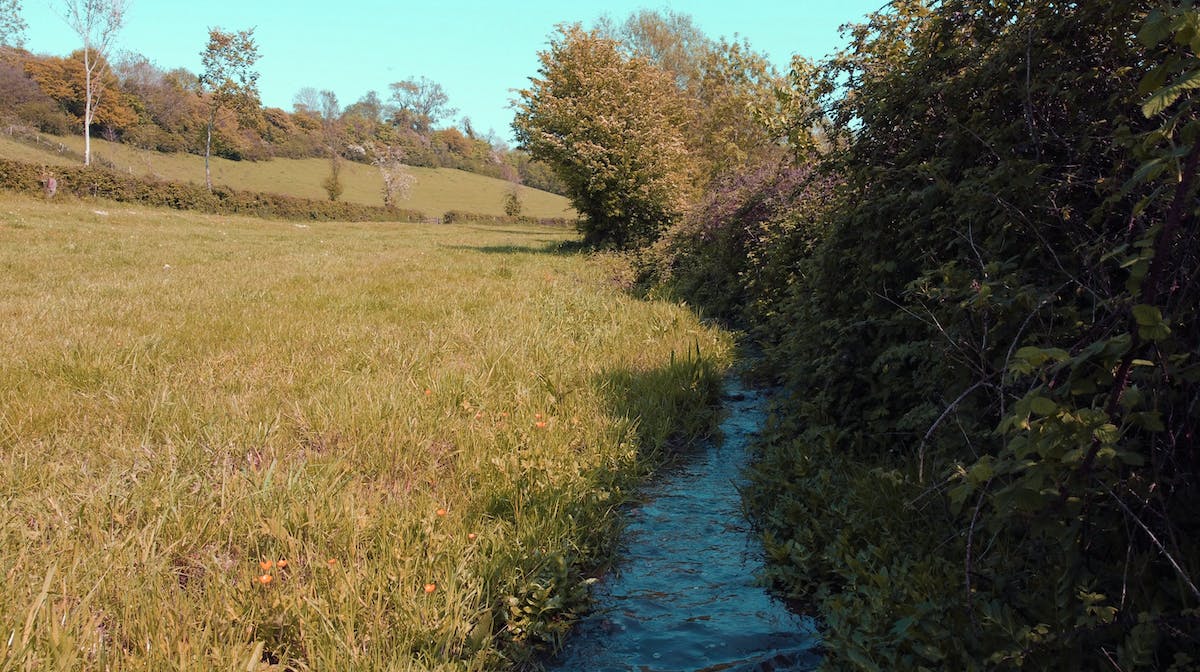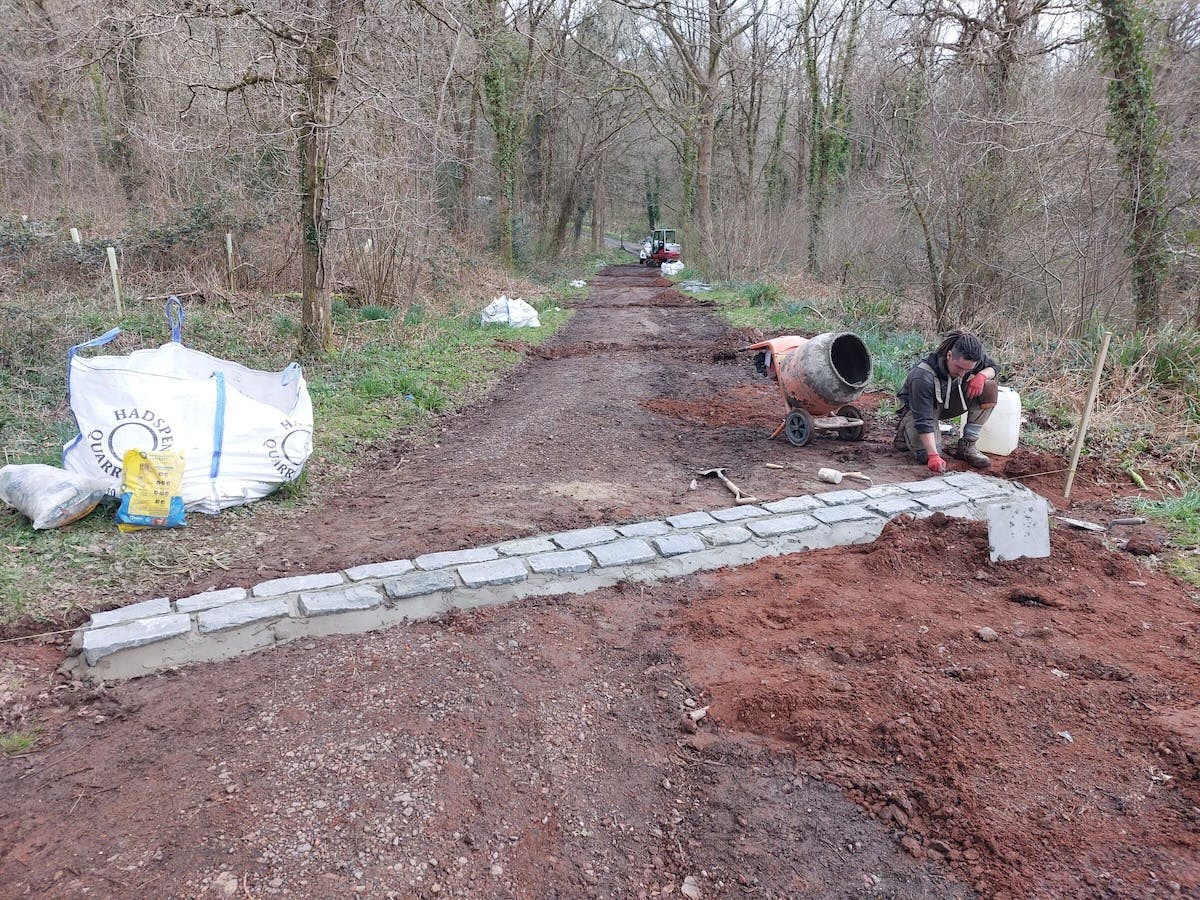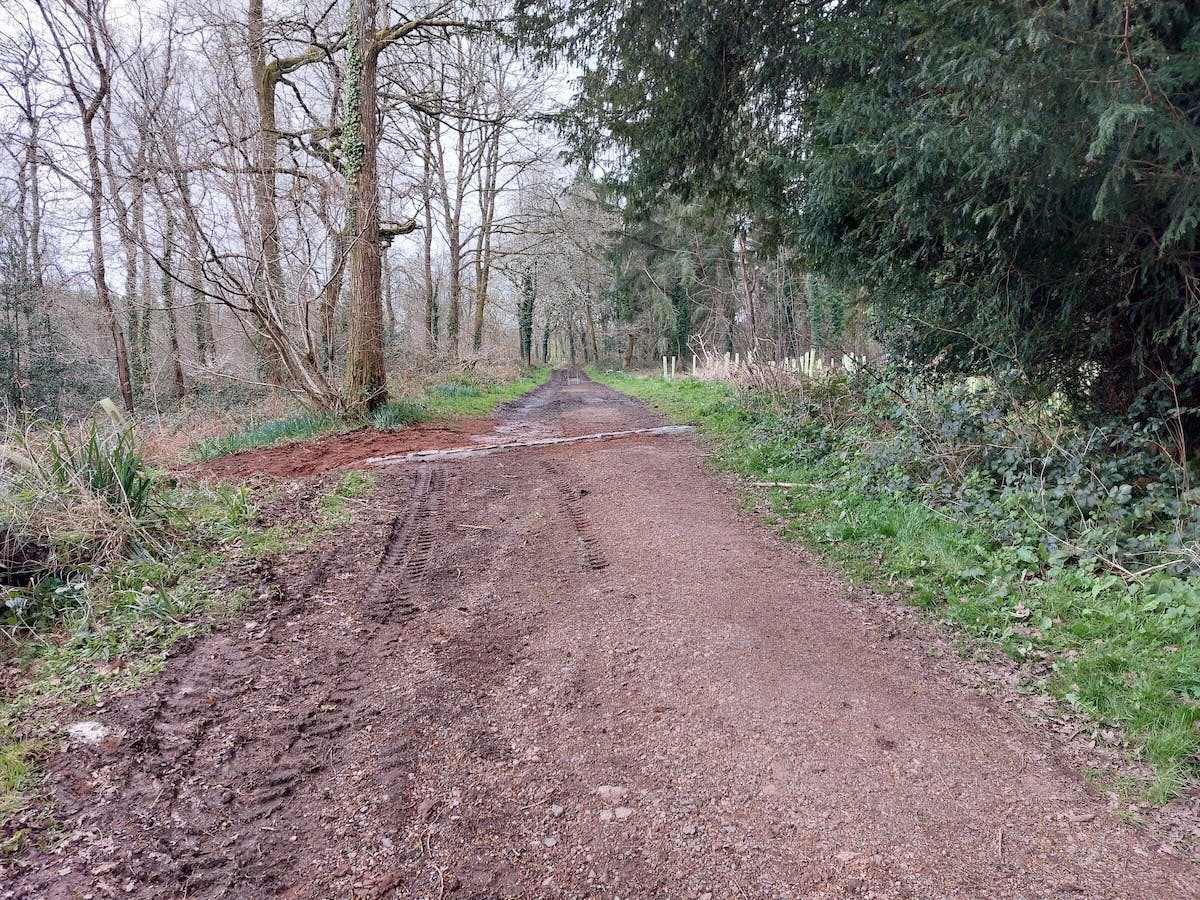- Management Plan
- Total budget: £58,350
- Budget spent: £58,350
- Status: In Progress
The River Chew is a scenic watercourse that forms part of the Bristol Avon network of rivers, streams and lakes in the British countryside. Along stretches of the river, trees and vegetation provide food, shelter and spawning grounds for important migratory fish and invertebrates, including the protected Atlantic salmon. Where there is sufficient shade, trees help improve water temperatures, sediment levels and the riverbank. However, sections of the River Chew don’t have this delicate balance of vegetation cover and have been degraded by surrounding land use. Partnering with BART (Bristol Avon River Trust), we are focusing on river habitat restoration, riparian tree management, landowner engagement and habitat and fish spawning surveys to improve two key fish spawning tributaries.
Project Timeline
September - October 2025
Creating and connecting a wetland scrape to the Candlestick Stream to enhance existing wet lying areas.
February 2025
1.2 km of the stream (both at Candlestick and Bathford Brook) enhancement with large wood structures, and installation of leaky dams along 200m of streams
read moreRiparian Ecosystems - supporting an array of aquatic life
Rich riparian ecosystems host a complexity of biodiversity and support many natural processes and functions. In addition to providing habitats for insects, fish and other species drawn to these vibrant water sources, they play a role in mitigating flooding and pollution. Natural riverside ‘buffer’ zones, where areas like swales and small wetlands form, can reduce peak flows, capture pollutants from agricultural runoff and promote natural processing of nutrients.
Another vital component of healthy, dynamic riverine ecosystems is tree cover. By providing shade, trees help control rising water temperatures, hence minimising the thermal stress on aquatic life which can be fatal for fish species like the Atlantic salmon. Tree root systems also prevent riverbank erosion and are used by fish to shelter from predators. Further to this, riparian trees help reduce airborne spray drift of agrochemicals and add woody debris and leaf litter into the system that creates habitats, more dynamic water flow and aids pollutant removal. That being said, too much tree cover blocks the light needed for photosynthesis for other important aquatic plants. This can adversely affect species reliant on a diversity of vegetation. The ideal balance between shade and open areas is generally agreed at 60% shading of the channel with 40% receiving dappled sunlight.
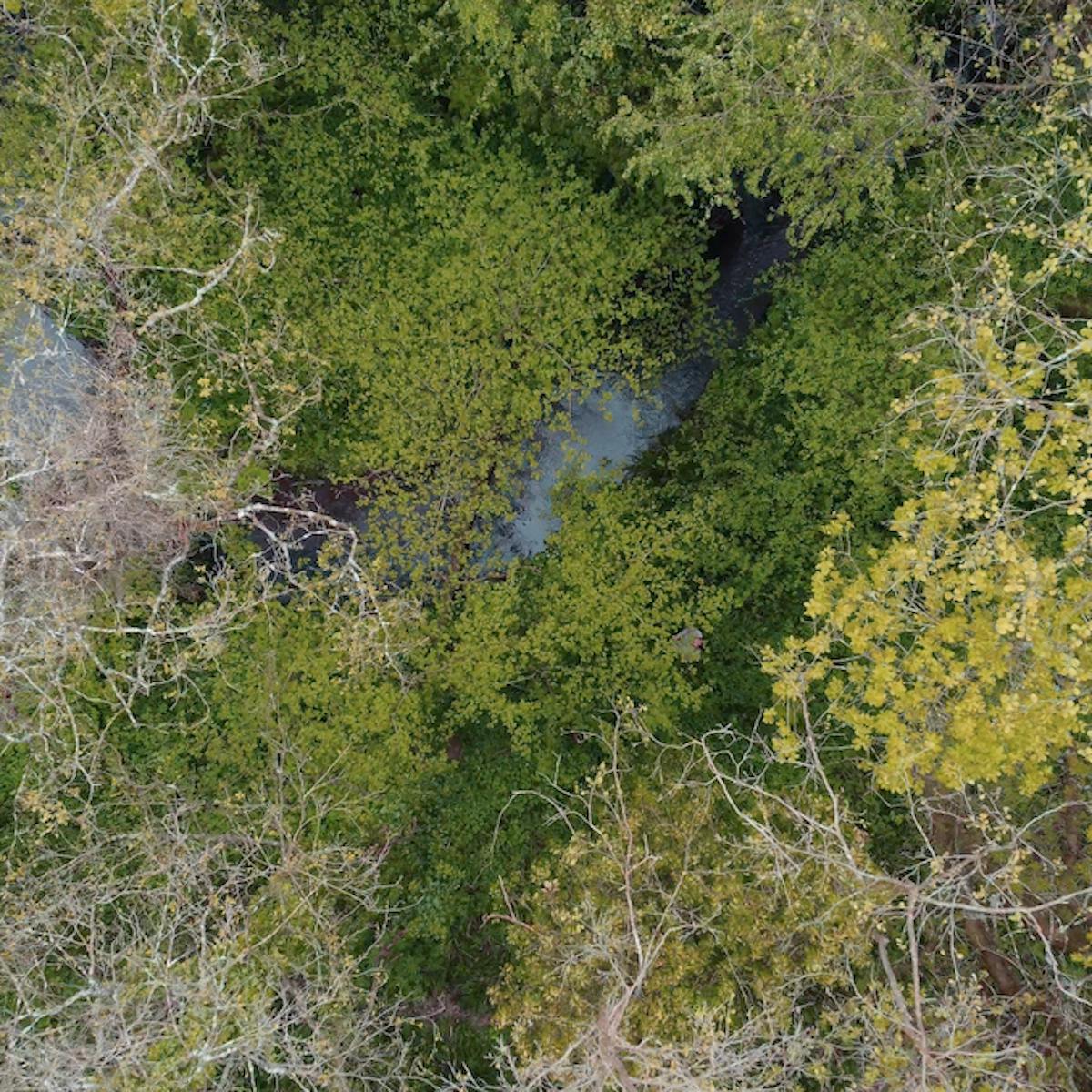
The River Chew Catchment
Situated within the Bristol Avon catchment, the River Chew has fragments of lush wetlands and ancient woodlands that provide vital wildlife corridors for insects, birds, bats and mammals. The river also supports migratory fish after their arduous migrations out to sea when they return to spawn in freshwater habitat. Among the species found to be using the tributaries through eDNA testing is the European eel, sea trout, brook lamprey and the iconic Atlantic salmon, all of which appear on the International Union for Conservation of Nature (IUCN) Red List of Threatened Species.
Maintaining healthy populations of these species has a positive cascading effect across freshwater and marine ecosystems. Take the Atlantic salmon for example, it’s a prey species to many animals along its migration and brings nutrients from the ocean upstream to freshwater environments through excretion, spawning and decay. Current challenges of habitat degradation and obstruction in the Chew catchment are jeopardising these species’ life cycles, risking the balance of interactions that would result from population declines.
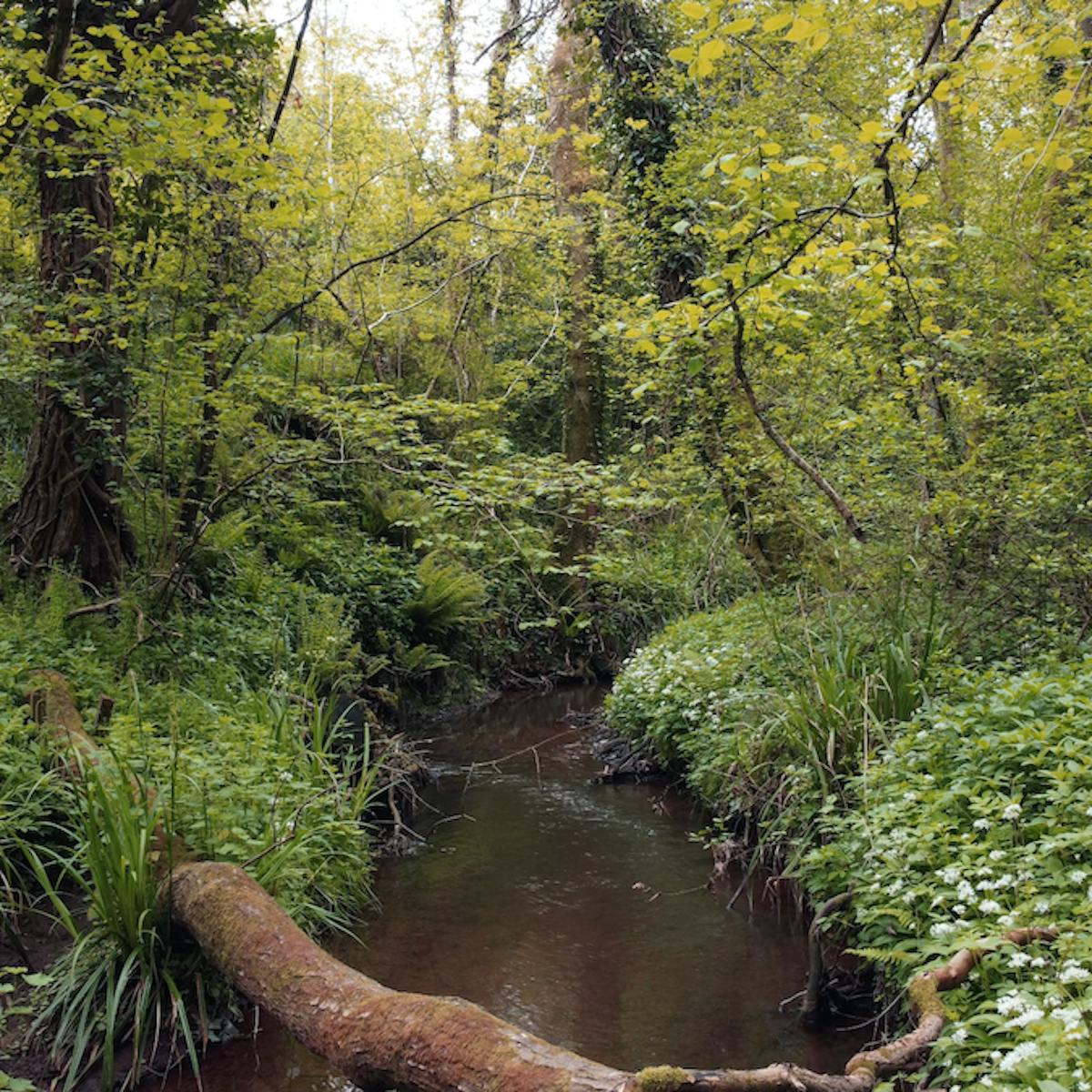
A Degraded and Disconnected Habitat
Within the Bristol Avon catchment only 12% of water bodies have been classified as having good ecological status. Reasons attributed to the poor conditions include physical alterations to watercourses and elevated levels of phosphate and nitrate. There are other factors considered to also affect this, such as fine sediment loads from land use, pesticides, pharmaceutical chemicals and contaminated road runoff. Subsequently, fish populations are threatened by the pressures created by poor water quality and pollution as well as physical barriers like weirs that prevent them reaching spawning sites.
One of the main drivers of degradation to these precious riparian ecosystems, and in particular for the River Chew catchment, comes from adjacent land use. Alongside many areas of the stream, surrounding land is used for pasture and crop production. In some areas, there are no boundaries as the agricultural land squeezes up close to the water’s edge. This leads to agricultural runoff and silting which smothers the gravels that fish use for spawning and can impact other aquatic life within the freshwater. As access for livestock is unrestricted along some of the riparian zones, vegetation and banks have been disrupted by trampling and excretion. Furthermore, there are areas of overgrown vegetation which prevent macrophytes (aquatic weeds that help the oxidation of water) from colonising.
The current state of the riparian habitat leaves great potential to restore and connect areas that will not only help struggling species populations but also enhance the ecosystem’s overall resilience.
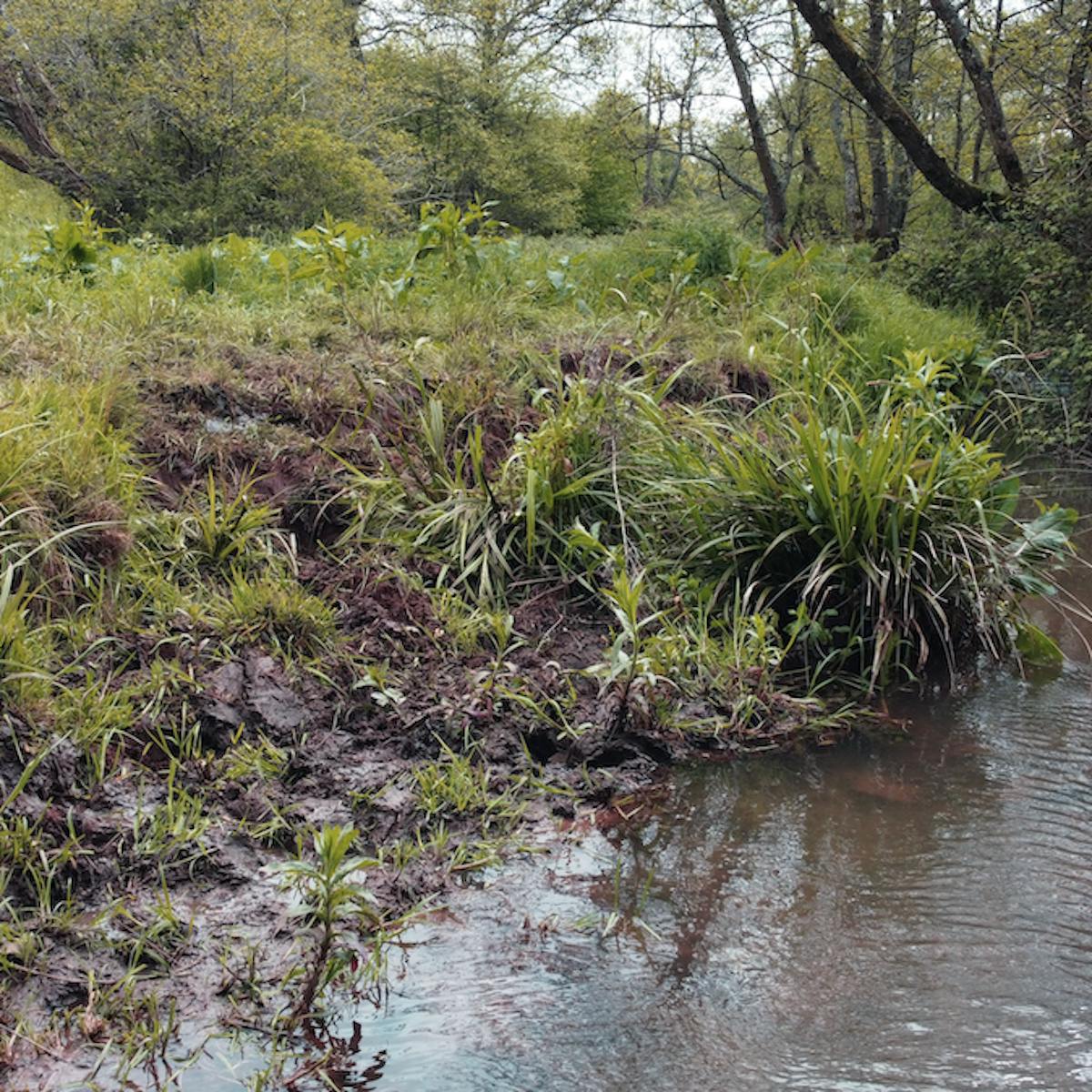
Our Project
The overall objective of this project is to restore sections of the Candlestick Brook and Bathford Brook to improve the ecological health and riparian habitat connectivity of these two key fish spawning sites. Both brooks flow into the River Chew in the Bristol Avon catchment.
The first stage of the project involves conducting habitat and fish spawning surveys and developing landowner engagement. These actions intend to inform the required restoration works and reduce landowners’ impact on the riparian areas. The outcomes of this stage could lead to a combination of the following interventions being implemented by BART, working in partnership with relevant landowners.
- Livestock management: such as livestock fencing and creating buffer strips to reduce encroachment along the brooks.
- Installation of woody debris into the watercourse: to improve the diversity of waterflow, with the potential to create new wetland areas, in addition to providing habitats and spawning sites for wild migratory fish.
- Riparian tree management: designed to achieve more optimal light conditions (targeting a 60:40 ratio) by thinning wooded canopy. A reduction in shading can facilitate macrophyte growth and help create clean riverbed gravels ideal for fish spawning.
- Riparian tree planting: to increase shade where the brooks are overexposed to natural light, helping to regulate water temperatures. Additionally, tree planting can eventually help stabilise banks and input woody materials into the watercourse, needed for the development of invertebrate populations.
The main desired outcomes these interventions hope to achieve are:
- Improved habitat for migratory fish species, including Atlantic salmon, brook lamprey and European eel
- Increased areas for pollinators via establishment of marginal vegetation and macrophytes
- Improved water quality
- Enhanced biodiversity within a region with a growing population with a significant history relating to its river.
Funds raised through the Mossy Earth Membership are covering the initial costs of the project which include equipment and contractor fees for the habitat restoration works, tree management and livestock management as well as staffing, travel and permits costs.
The wider objective of this project is to establish a flagship ‘spawning tributary’ restoration to stimulate public interest and contribute to the Bristol Avon Fish Recovery Strategy. Produced by the Bristol Avon Catchment Partnership, this is a guide for collective action to sustain fish populations by embedding the value of rivers in decision-making across spatial planning, public health and economic development, with an ultimate aim of generating learning and information sharing across stakeholder groups. To add to this, the Bristol Avon Catchment Partnership also seeks to improve access for fish moving into and within the River Chew by working in partnership with local authorities, water companies, the Environment Agency and other NGOs. This focuses on improving fish passage by removing barriers to fish movement, such as weir removal and installing fish passes where removal is not feasible.
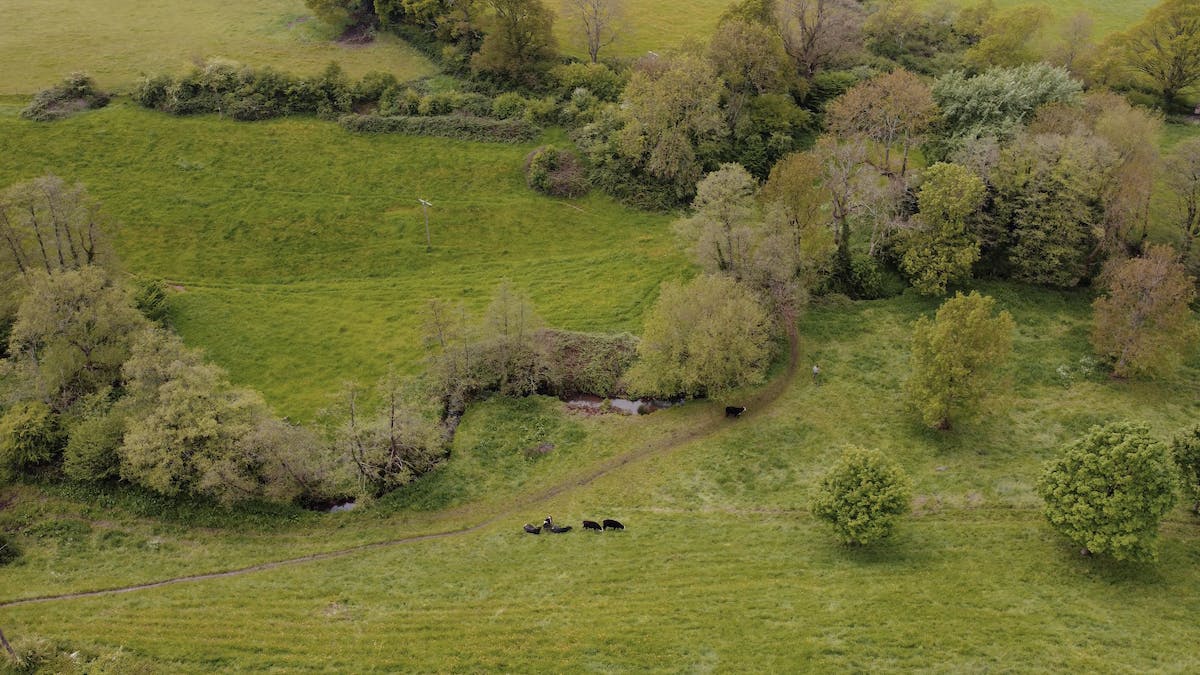
Monitoring
Freshwater ecologists from BART will conduct the habitat and fish spawning surveys, including salmonid spawning surveys and redd counts. The River Corridor Survey will be done at the start of the project and repeated 1-2 years after the project’s completion.
Various other methods of monitoring will be applied, including site visits to check on the health of new trees, capturing ‘before and after’ imagery of the habitat and on-site discussions with landowners. Long-term monitoring will involve the community in the way of citizen science where volunteers will monitor riverflies as indicators of water and habitat quality.


Different views of River Chew's riparian zone
Areas of the watercourse have a variety of vegetation while others are bare and exposed to livestock.
Stakeholder Engagement
Key to achieving this project’s main aims is building landowner engagement. BART has already established good relationships with several landowners and is developing further support for the project. By promoting the benefits of establishing riparian corridors, BART hopes to encourage more landowners to agree on opportunities to reduce impact on the land through the proposed interventions. This project will be used as an example of best practice to promote more widespread adoption from other landowners in the future.
We are excited about working towards this project’s outcomes in the hope our efforts will create better ecological conditions and bring more life to the river.
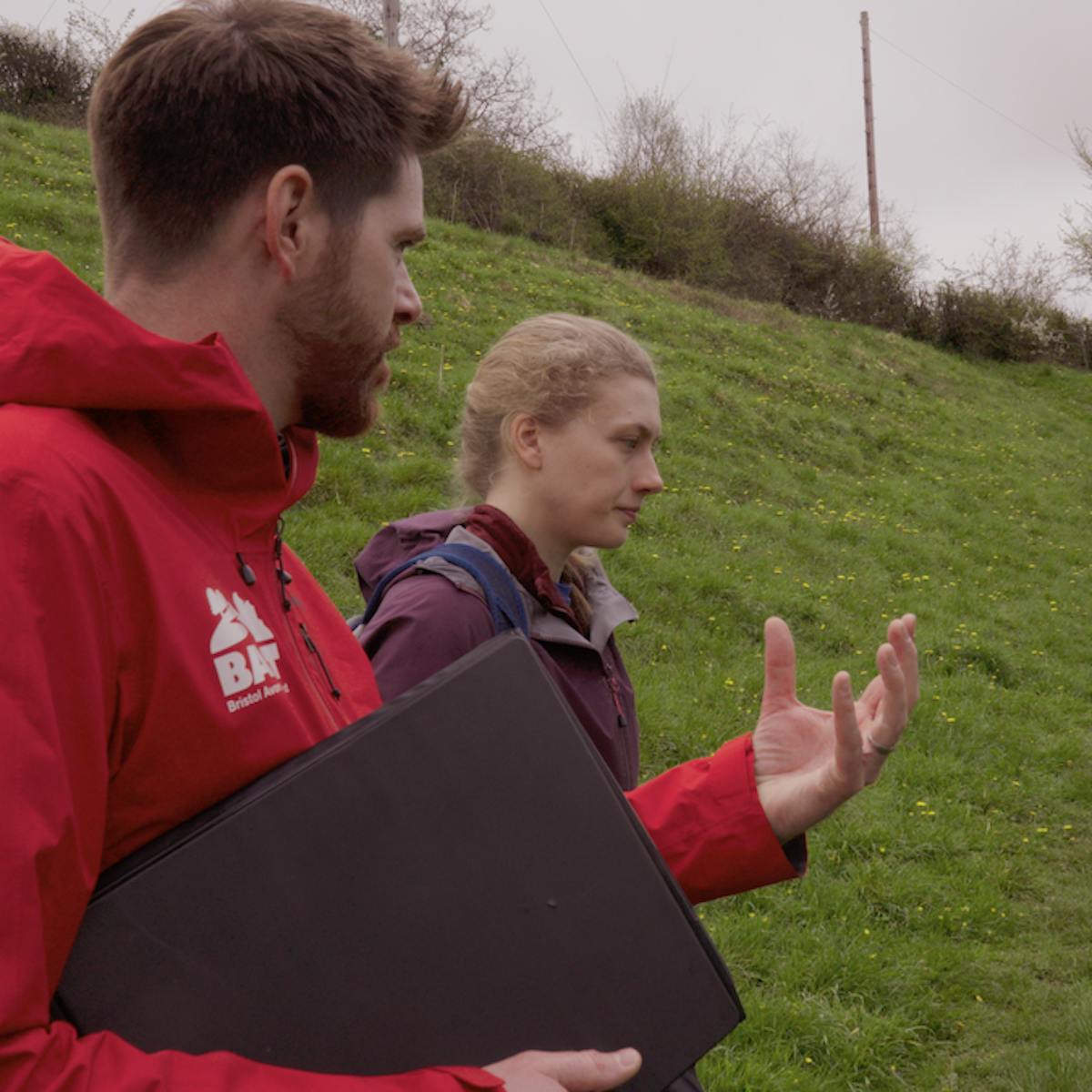

Track drainage work
There is a significant sediment issue in the catchment which greatly reduces water quality and decreases habitat quality by smothering gravel riffles in silt. One of the main pollution pathways into streams and rivers are roads and track systems. BART is creating 7 cross drains across the tracks to divert the runoff of the tracks and into the neighbouring vegetation.
the team behind the project

Simon Hunter, CEO, BART

Melissa Hoskings, Head of Operations, BART

Nick Wilson, Geomorphologist and Project Manager, BART

Ellie Jackson-Smith, Conservation Biologist, Mossy Earth
Sources & further reading

- “Manual of River Restoration Techniques” - The River Restoration Centre
- “Why Restore?” - The River Restoration Centre

